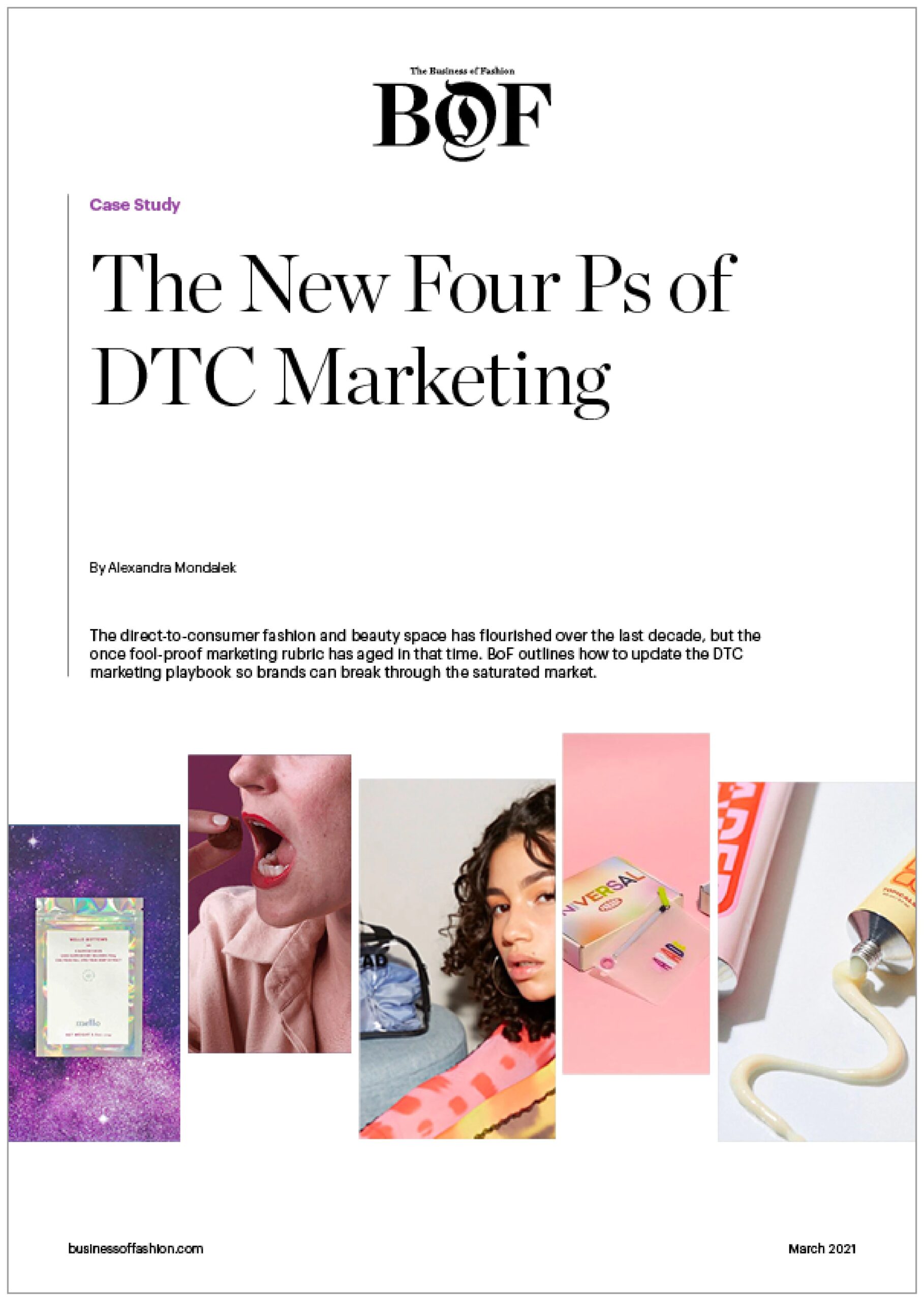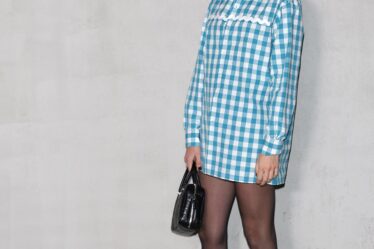
A decade into the era of direct-to consumer (DTC) brands, to call the market saturated would be an understatement. There is a digital upstart ready to fulfil consumers’ every need. Where unknown brands once distinguished themselves by making the “best” eyeglasses or cheapest premium mattress, standing out in a crowded field requires additional layers of branding: lingerie brands promise to empower customers with lacey bralettes and virtual fireside chats with “badass women,” rainbow bamboo toothbrushes support LGBTQ rights while cutting down on the use of plastics, vegan, cruelty-free cosmetics lines pledge a portion of sales to save the elephants.
Consumers have largely rewarded these efforts. DTC e-commerce sales in 2020 were estimated to reach nearly $18 billion, a 24 percent increase from the year prior, according to Insider Intelligence. The research firm predicts sales will grow an additional 19 percent this year.
As the pandemic forced retail stores to close and disrupted sprawling supply chains, investors are now more discerning about the fashion and beauty DTC space.
But consumers are fatiguing of the pastel-coloured, minimalist brands with sans serif logos targeting Millennial urban-dwellers. Meanwhile, brands can no longer rely on targeted social media advertising buys alone to drive sales, a formula previous generations of DTC brands perfected. Spending an outsized portion of marketing budgets on paid customer acquisition — coupled with changes to data privacy practices that make it more difficult to target individual customers — means typical performance marketing is outdated.
As the DTC market has matured, so too has its approach to marketing. An update to the textbook “Four Ps” of marketing — a set of principles that guided brand marketing for decades — is emerging, creating a new rubric for measuring marketing success.
This case study will map out how changes in consumer purchasing behaviour and expectations have necessitated an evolution to the DTC marketing playbook. It will outline some of the primary tenets of DTC marketing and explain how to break the mould (and therefore break through the noise) in the particularly crowded fashion, beauty and lifestyle DTC space. To illustrate these techniques, this case study will explain how five relatively new apparel, wellness and beauty brands grew quickly and attracted attention from consumers and investors. They serve as examples of how to adapt the old playbook for the future.
Click below to read the case study now.


